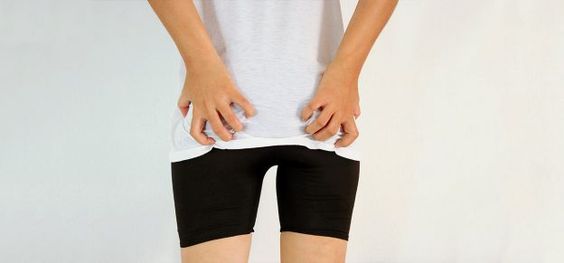Introduction
A pilonidal cyst is a painful, fluid-filled lump that develops near the tailbone at the top of the buttocks crease. While pilonidal cysts can sometimes go unnoticed, an infected cyst can cause significant discomfort and may require medical attention.
The exact cause of pilonidal cysts is unclear, but several factors likely play a role in their development. Ingrown hairs, debris, and pressure on the buttocks area – such as from prolonged sitting – may contribute to the formation of these cysts.

Pilonidal cysts can affect anyone, but they are more common in young adults, particularly men. If you suspect you may have a pilonidal cyst, consult with a healthcare professional for diagnosis and treatment recommendations.
Symptoms of a Pilonidal Cyst
A pilonidal cyst may not always present noticeable symptoms, especially in its early stages. However, as the cyst grows or becomes infected, several signs can indicate its presence. Common symptoms of a pilonidal cyst include:
- Pain or tenderness: You may experience pain or discomfort near the tailbone, particularly when sitting or applying pressure to the area.
- Swelling: A noticeable lump or swelling may develop near the top of the buttocks crease.
- Redness and warmth: The skin surrounding the cyst may appear red, inflamed, and warm to the touch.
- Drainage: An infected cyst can drain pus or blood, often accompanied by a foul odor.
- Fever: In some cases, a pilonidal cyst infection can lead to a fever.
Treatment Options for Pilonidal Cysts
Treatment for a pilonidal cyst depends on its severity and whether it is infected. For minor cysts or those without significant symptoms, conservative measures like warm compresses and over-the-counter pain relievers may suffice. However, infected or recurring cysts often require medical intervention, such as:
- Antibiotics: Your doctor may prescribe antibiotics to treat the infection.
- Incision and drainage: This procedure involves making a small incision in the cyst to drain the pus and debris.
- Surgical removal: In cases of recurrent pilonidal cysts or those that haven't responded to other treatments, surgical removal may be recommended.
Preventing Pilonidal Cysts
While not all pilonidal cysts are preventable, some measures can help reduce your risk, including:
- Maintaining good hygiene: Regularly cleaning the area around the tailbone can help minimize debris and ingrown hairs.
- Avoiding prolonged sitting: Take breaks to stand and move around, especially if you have a sedentary job.
- Wearing loose-fitting clothing: Tight clothing can trap moisture and increase friction, potentially contributing to cyst development.
- Weight management: Maintaining a healthy weight can reduce pressure on the buttocks area.
If you have concerns about a possible pilonidal cyst, consult with a healthcare professional for diagnosis and personalized treatment recommendations.





